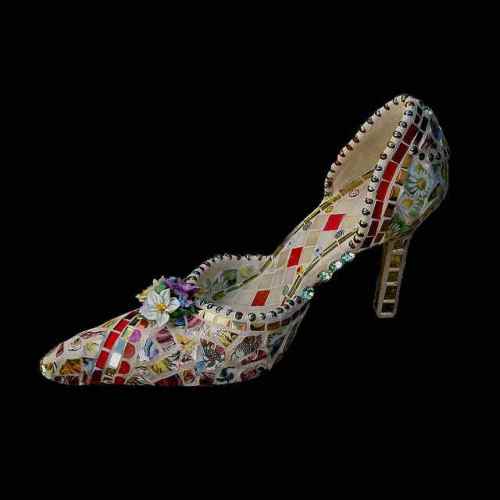I’m been very busy recently with barely time to pause for breath – so I’ve had to put the blog on the back-burner for a couple of weeks.
But I thought I’d share with you a Twitter application I’ve found really useful as Tweeter-in-Chief (er, the only one) for Milngavie Book and Arts Festival, which runs from 7-12 September.
The application is Twaitter, and it allows you to write and schedule future and recurring tweets. It’s currently free (in beta), although a Pro version is planned too for business users.
Twaitter’s been a life-saver for me as I’ve been able to tweet about Festival events and have them retweeted every few days. The beauty of the app is not just that it performs the task automatically for you. It’s that it takes some of the pressure off by giving you one less thing to remember. Which is a big advantage, in my book.
Here are a couple of screenshots:
Screenshot 1 – Composing and scheduling a tweet
Screenshot 2 – Sent and/or Scheduled tweets
And here are the developers’ suggestions on possible uses for Twaitter:
Ever had an idea for a tweet, but wanted to send it later or at a specific time?
Want to setup your #FollowFriday posts throughout the week so you dont forget to share great tweeple with your followers?
Have a fellow Twitterer whose birthday is coming up in a few days, but you’re afraid you might forget to send a “Happy Birthday” tweet when the day arrives?
Spend more time on Twitter than your work calendar? Ever want to send yourself a reminder or remind friends or followers of something?
Want to participate in a scheduled Twitter conversation even when you are too busy to attend?
Want to have links in your blog RSS feed automatically sent to Twitter?
Want to schedule a tweet to go out at 8:14AM (and not 8AM sharp)?
Some words to the wise
If you schedule recurring tweets about a specific event, make sure you set an end-date just before (or to coincide with) that of the event.
Space out your recurring tweets to avoid a spammy effect, and intersperse them with your usual cocktails of retweets, conversations, links and spur-of-the moment tweeets. Otherwise you’ll bore your followers to distraction.
If you’ve tried Twaitter, or a similar application, I’d love to hear your thoughts in the comments.
And in the meantime, check out the Milngavie Festival site and/or follow us on Twitter. The Festival’s now in its 3rd year and is run entirely by volunteers. With minimal (a grand total of £1500!) public funding and precious little sponsorship . We’ve got some wonderful events lined up so if you’re in the area do come along!
By Marian Dougan




